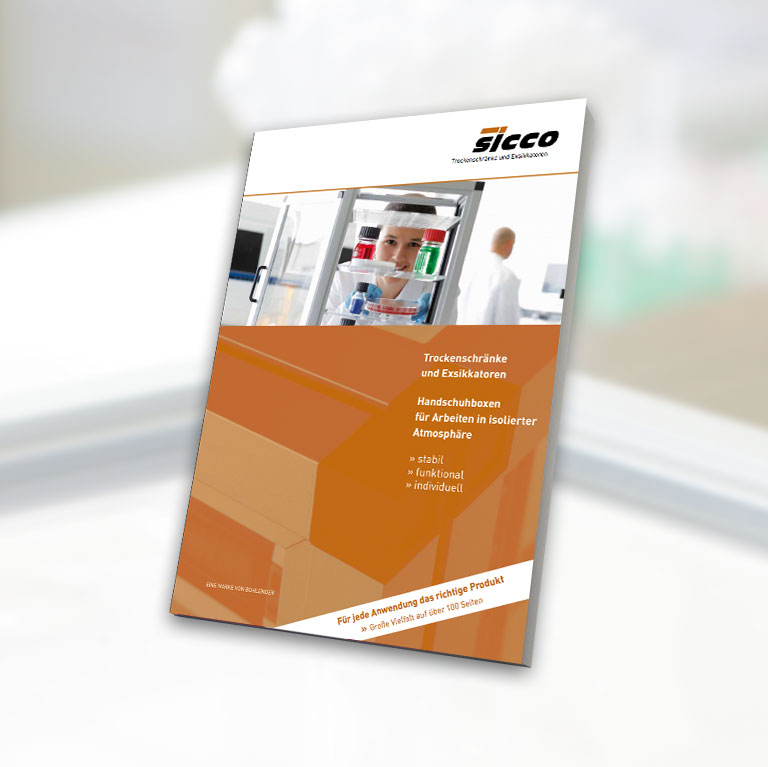Information on function and safety of dischargeable plastics and elastomers
Plastics and elastomers are characterized by good thermal and electrical insulation properties. If the application requires conductive (=high conductivity) respectively dischargeable properties (lower conductivity is sufficient), this will be achieved through the addition of sooty particles. Dischargeable plastics are used to avoid ignition sources through electrostatic charging (see ATEX regulation). In other applications, it protects electronic components from voltage peaks through electrostatic charging. The additional material of the sooty particles is not stable to strong oxidative attacks. In case of contact with aerial oxygen, the dischargeable properties of the plastic or the elastomers do not change. However, strongly oxidizing media such as ozone (O3), hydrogen peroxide (H2O2) or strongly oxidizing acids (concentrated HNO3) decompose the sooty particles so that the electrostatic chargeability is lost. This can be recognized on the weakening of the originally black color of the parts. Through examination of the surface resistance (in Ω as per IEC 60093) respectively the contact resistance (in Ω*cm as per IEC 60093), this filler diminution can be monitored quantitively. If the chargeability falls below the specificied values after a period of time, the component should be replaced by a new one. The original component safety is no longer given.





